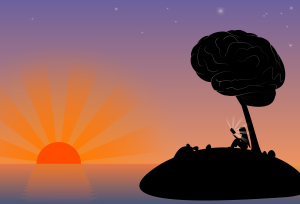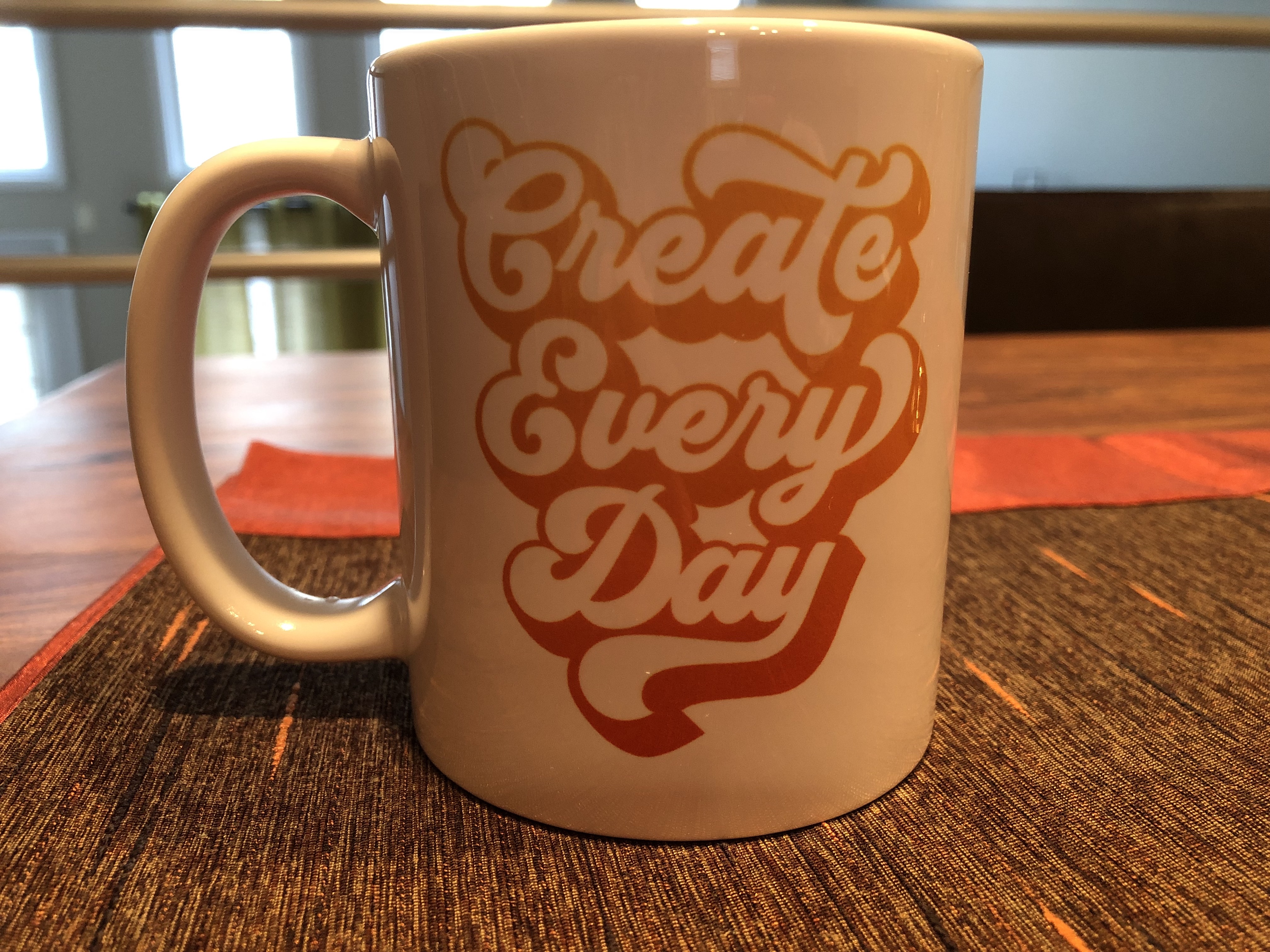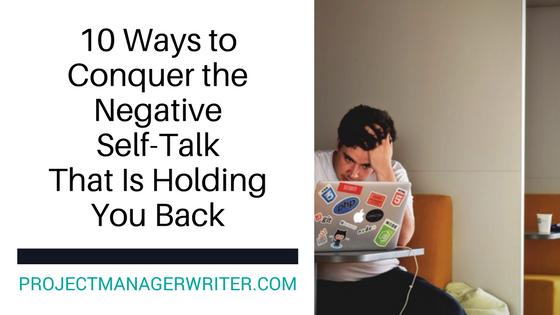Does your life feel stuck on repeat? Do you wake each morning to live out what seems like the same day?
Maybe you seem stuck like Bill Murray’s character in the 1993 movie Groundhog Day.
Maybe you feel like something in your life is missing. You’re not alone.
Creativity is the missing ingredient for many of us. Too many years spent grinding away at jobs we hate dulls our senses. Have you lost your sense of curiosity? When was the last time you blocked off time in your busy life to do nothing but daydream or doodle in a notebook?
Would it surprise you that connecting with your creativity actually creates space in your life for energy and joy? Many experts are not talking about the link between creativity and happiness. Why?
Here are 10 things the experts don’t tell you about creativity and happiness.
1. Creativity involves your whole brain.
Forget what you were told about right brain versus left brain. Cognitive neuroscientists have found that the creative process is more complicated than previously thought. Both conscious and unconscious processing takes place. Creativity does not involve a single region or side of the brain.
2. You’re likelier to be happier when you’re creative.
Researchers at the University of North Carolina at Greensboro randomly sampled feelings and actions of 79 students over one week using cell phone surveys. People reported doing something creative 20% of the time, and those who generally reported feeling happy and active were more likely to be doing something creative at the time.
Those who scored higher on “openness to experience” were much more likely to spend time on creative activities than others.
3. Creative people report being happier.
Adobe conducted a 2016 survey of 5,000 adults in five countries comparing creativity with personal and professional success. People who self-identified as creative were more likely to rate themselves as innovative, confident, and problem solvers. What’s more, they reported being happier.
The surprising thing is that they reported being happier by 15 percentage points!
4. People who identify as creative earn more than those who don’t.
In the same 2016 Adobe survey, the individuals who identified as creative within the U.S. earned 17% more than non-creatives.
So, let’s banish the concept of the starving artist, shall we?
5. Your brain actually changes when you create.
A study divided groups of people into one group that made art and another that evaluated art at a museum. Functional magnetic resonance imaging showed that the changes were correlated with differences in connections between different brain regions in the artwork group.
6. You become more resilient to stress when you’re creating.
The same museum study showed that those who made art scored higher in psychological resilience. Not only did the brain change when creating art, but people also became more resistant to stress!
7. You’re not too old to start creating.
It’s never too late to make changes in your life. A Chinese proverb says, “The best time to plant a tree was 20 years ago. The second best time is now.”
Consider the following list of artists who didn’t start until later in life.
-
Toni Morrison published her first novel at age 40 and was a single mom.
-
Laura Ingalls Wilder began writing at age 44 and published Little House in the Big Woods at age 64.
-
Morgan Freeman was an off-Broadway actor most of his life, and it wasn’t until age 52 that he gained fame for his role in the film Glory.
8. You can develop creative muscle even though you haven’t trained.
We’re all creative and offer unique perspectives. If you can’t think of anything you’re good at, make a list of activities you enjoyed as a child. What were your favorite subjects? What games did you enjoy playing?
You may not feel as though you’re good at art because you haven’t had any training. But remember, we all start somewhere. The great artists didn’t start painting from scratch; they went to school and receive years of training.
You also don’t need to be perfect when pursuing creativity! Part of the journey toward a creative life is learning along the way. If it were easy, it wouldn’t be worth your time.
9. You don’t have to change careers to live a more creative life.
Some of you will want to change your careers because you hate your day job. I did.
Yet, there are many variations of career and lifestyle changes. Think old skill-new skill. What can you bring from your career experience to get you closer to where you want to be?
What worked for me was becoming a freelance consultant using my old skills (project management) to help clients. I transitioned to hourly, part-time consulting while building my new business based on new skills.
Indie author, Joanna Penn, moved from working five days to four in her day job to enable her to have a full extra working day to build her side business. Eventually, her side income grew to the point where she felt comfortable leaving her job. She went from crying at her office desk to earning a multi-six-figure income.
10. You can make space in your life to become more creative in just 15 minutes a day.
You may feel intimidated to start something new. For example, when I started writing after a layoff in 2015, it took me time to get over the fear that I wasn’t good enough.
But I resolved to learn my way past the fear.
Because over time, your efforts add up. The compound effect is powerful. Consider that writing 1,000 words a day adds up to 365,000 words in a year.
Practicing your guitar or learning a new language for 15 minutes a day is 91 hours a year or over two 40-hour work weeks. Do the math about your time; it may surprise you.
The average time spent on social media globally in 2016 was 118 minutes per day. That’s 717 hours a year, or seventeen 40-hour weeks. I find this figure staggering.
Would you rather spend the extra hour or two of your day scrolling through your social media feed, or would you rather have something to show for your time?
This is my challenge to you. Try something creative. Something new that you’ve always wanted to experiment with, but didn’t have the time for.
Track your progress. Keep it simple, and take it slow.
Your progress at first may feel slow, but consider the compounding effect over time.
Don’t beat yourself up when you have a bad day. Even spending five minutes a day, a few times a week nurturing your creativity is better than nothing at all.
Did you enjoy this article? What surprised you the most?
Be sure to subscribe to the Creating Space to Thrive newsletter for twice-monthly emails packed with helpful tips, tools, and resources to live a thriving, creative life! Sign up below.






Leave A Comment